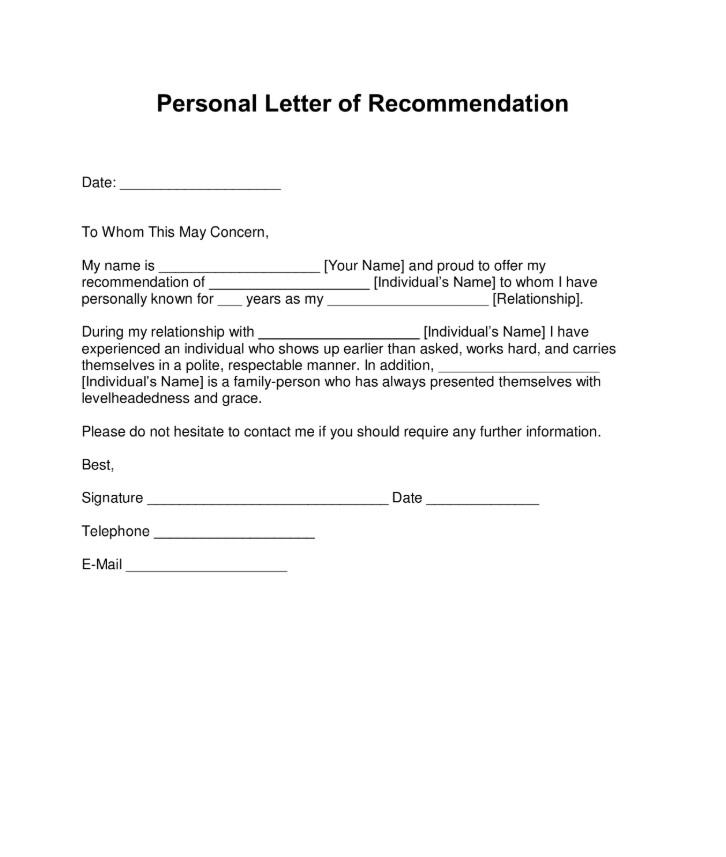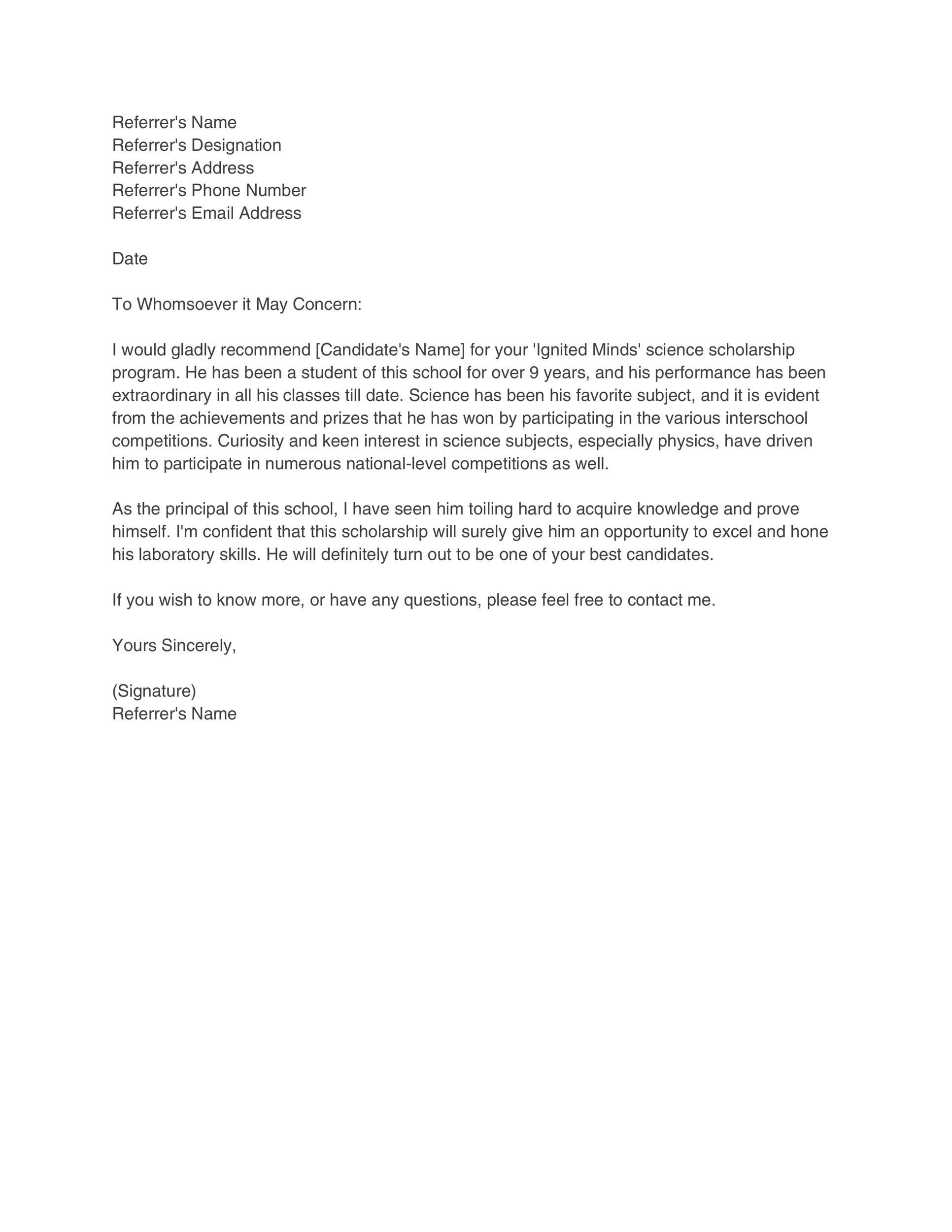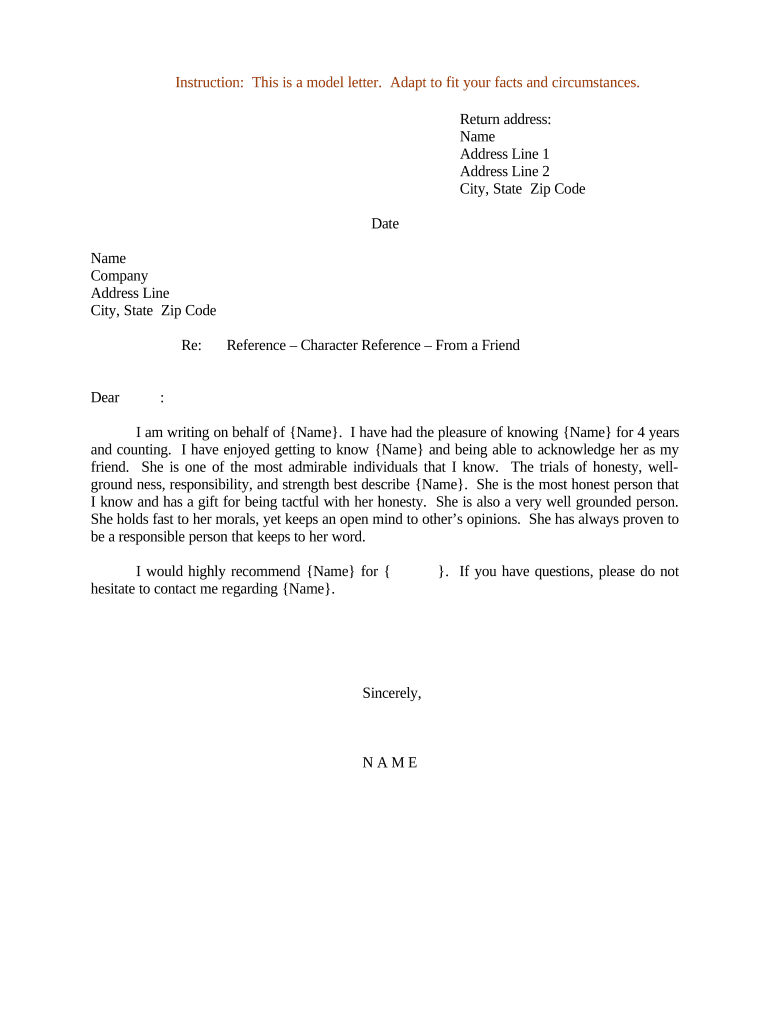When applying for a job or a program, it is crucial to provide potential employers or admissions committees with a comprehensive view of your character and qualities. One way to achieve this is by using a personal reference letter, which serves as a third-party perspective on your abilities and attributes.
In this article, we will explore the what, why, and how of using a personal reference letter, as well as provide examples and tips for successful implementation.
What is a Personal Reference Letter?
A personal reference letter is a document written by someone who knows you well and can provide an honest assessment of your character and qualities. It serves as a recommendation and offers insights into your work ethic, interpersonal skills, and overall suitability for a particular role or program.
This type of letter is typically requested by employers or programs as part of the application process to gain a better understanding of who you are as a candidate.

Why Use a Personal Reference Letter?
There are several reasons why using a personal reference letter can be beneficial:
- Gives a third-party perspective: A personal reference letter provides an unbiased view of your character and qualities, as it is written by someone who has observed your behavior and actions.
- Highlights your strengths: A reference letter allows you to showcase your strengths and unique attributes that may not be apparent from your resume or application.
- Builds credibility: By including a personal reference letter, you demonstrate to potential employers or programs that you have individuals who can vouch for your abilities and character.
- Provides additional context: A reference letter can provide context to your experiences and achievements, helping employers or programs understand the circumstances in which you demonstrated certain qualities or skills.
- Differentiates you from other candidates: Including a personal reference letter can set you apart from other applicants who may have similar qualifications, giving you a competitive edge.
How to Create a Personal Reference Letter
Creating a personal reference letter involves several steps:
1. Select the Right Reference
Choose someone who knows you well and can provide a detailed and honest assessment of your character and qualities. This person could be a former employer, supervisor, colleague, teacher, or mentor.
2. Request Permission
Before asking someone to write a reference letter for you, it is essential to seek their permission. Explain why you believe their perspective would be valuable and allow them to decline if they are unable or uncomfortable writing the letter.
3. Provide Relevant Information
Once someone has agreed to write a reference letter for you, provide them with any necessary information. This may include your resume, a description of the role or program you are applying for, and specific points you would like them to address in the letter.
4. Allow Sufficient Time
Give your reference ample time to write the letter. It is essential to respect their schedule and not rush them. Providing a deadline for submission can help ensure the letter is completed promptly.
5. Express Gratitude
Once the reference letter has been written and submitted, express your gratitude to the person who wrote it. A sincere thank-you note or gesture can go a long way in maintaining a positive relationship with your reference.
Examples of Personal Reference Letters
To provide a clearer understanding of what a personal reference letter entails, here are a few examples:




Tips for Successful Personal Reference Letters
Here are some tips to ensure your personal reference letter is successful:
- Choose the right references: Select individuals who can speak to different aspects of your character and qualities.
- Provide relevant information: Give your references the necessary context and information to write an impactful letter.
- Follow any guidelines: If the employer or program provides specific guidelines or prompts for the reference letter, make sure your references adhere to them.
- Be respectful of your references’ time: Give your references sufficient time to write the letter and avoid rushing them.
- Express gratitude: Show your appreciation to your references for taking the time to write the letter on your behalf.
In conclusion, a personal reference letter is a valuable tool when applying for a job or program. It provides potential employers or admissions committees with a third-party perspective on your character and qualities, highlighting your strengths and building credibility.
By following the steps outlined in this article and implementing the tips for success, you can create a compelling reference letter that enhances your application and sets you apart from other candidates.
Personal Reference Letter Template – Download